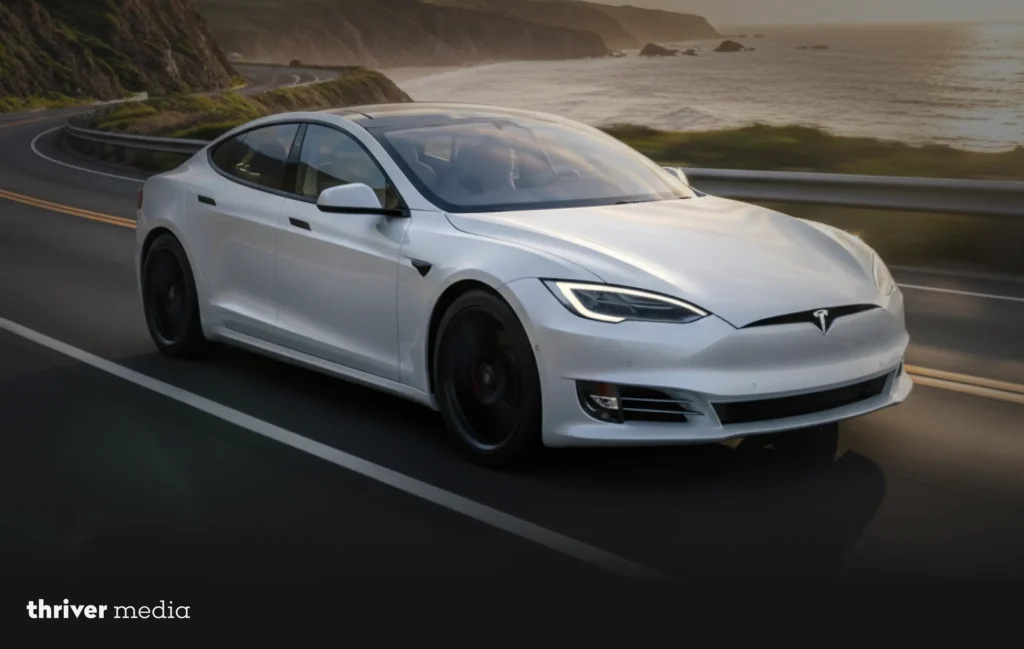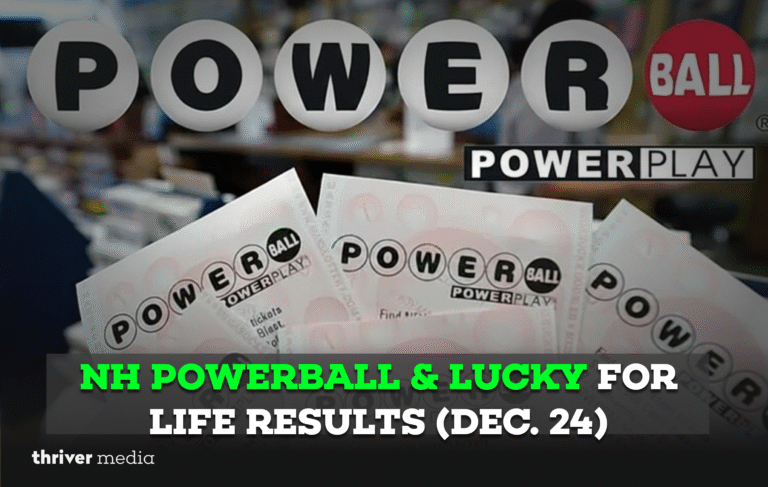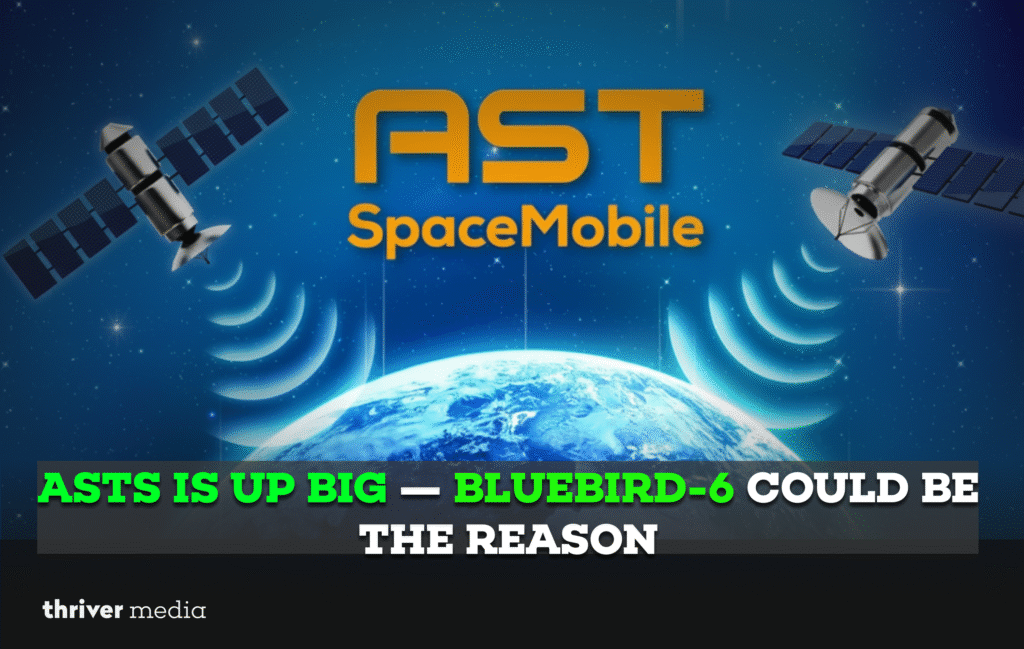The new “Standard” versions offer significant price cuts but strip features to compete in an increasingly tough EV market, with the Model 3 starting at $38,630 and the Model Y at $41,630.

Following a difficult year of shrinking market share and escalating competition, Tesla has formally introduced more reasonably priced models of its Model 3 and Model Y electric cars in an effort to increase sales. The Tesla Model 3 Standard and Model Y Standard are the company’s reactions to pressure from competitors like Ford and Hyundai as well as the expiration of government tax subsidies.
Pricing and Availability Details
The new models offer substantial price reductions compared to their premium counterparts:
- Tesla Model 3 Standard: $38,630 (including destination and fees)
- Tesla Model Y Standard: $41,630 (including destination and fees)
While the Tesla Model 3 Standard will be available in December or January 2025, the Model Y Standard will be available in November or December 2024. The price of the Model 3 may fall below $35,000 for citizens of New York who take advantage of state rebates, making it one of Tesla’s most affordable cars to date.
Comparison: What You Sacrifice for Savings
The lower price points come with significant feature reductions compared to Tesla’s Premium models:
Interior & Entertainment:
- No eight-inch second-row touchscreen
- Reduced from 15 speakers to just 7 speakers (no subwoofer)
- Cloth interior instead of a cloth and microsuede combination
- Manual steering column and folding rear seats
- Removed front and rear light bars
Performance & Range:
- Model Y Standard: 321-mile range (reduced from Premium)
- 0-60 mph in 6.8 seconds (slower than Premium versions)
- Maximum charging rate capped at 225 kW instead of 250 kW
- Passive shock absorbers instead of a frequency-dependent system
Market Context and Investor Reaction
The announcement comes at a critical time for Tesla, which has faced multiple challenges in 2024:
- Expiration of the $7,500 federal tax credit for most Tesla models
- Record sales drop in the first two quarters of the year
- Increasing competition from Chinese automakers like BYD
- Boycotts related to CEO Elon Musk’s political activities
The news caused a negative reaction from investors, as Tesla’s stock fell 4.5% to $443.09 after the announcement. Ivan Drury, an analyst at Edmunds, stated that investors were seeking something truly unique instead of a repetition of an existing product. “I can’t imagine this will bring levels back to what they want.”
Competitive Landscape: Tesla vs. Hyundai
The new models are facing tough competition right away, especially from Hyundai’s recently reduced Ioniq 5. At $41,800, the 2026 Hyundai Ioniq 5 SEL RWD is only $170 more expensive than the Model Y Standard, but it comes with more standard features and fewer compromises on price.
Key advantages of the Hyundai Ioniq 5 over the Tesla Model Y Standard:
- Better-equipped interior with more premium materials
- Faster charging capability
- More sophisticated suspension system
- Comprehensive standard features without significant compromises
Other competitors in the $40,000 EV segment include Ford’s Mustang Mach-E, Chevrolet’s Equinox EV, and Volkswagen’s ID.4, all offering compelling alternatives to Tesla’s stripped-down models.
FAQs
The Tesla Model 3 Standard starts at $38,630, including destination and order fees, which is $5,500 less than the previous base Model 3.
The Model Y Standard will be available in November or December 2024, while the Model 3 Standard arrives in December 2024 or January 2025.
The Standard versions lack a rear touchscreen, have fewer speakers, feature cloth interiors instead of premium materials, and have a reduced range, slower acceleration, and manual seat and mirror adjustments.
The Model Y Standard at $41,630 compares directly with the Hyundai Ioniq 5 SEL at $41,800, though the Hyundai offers more premium features for slightly more money.
Tesla faces declining sales after the expiration of federal tax credits and increased competition, and needs to utilize excess factory capacity in its U.S. plants.
Do you think these cheaper Tesla models offer good value, or would you choose a competitor like Hyundai instead? Share your thoughts in the comments below.















